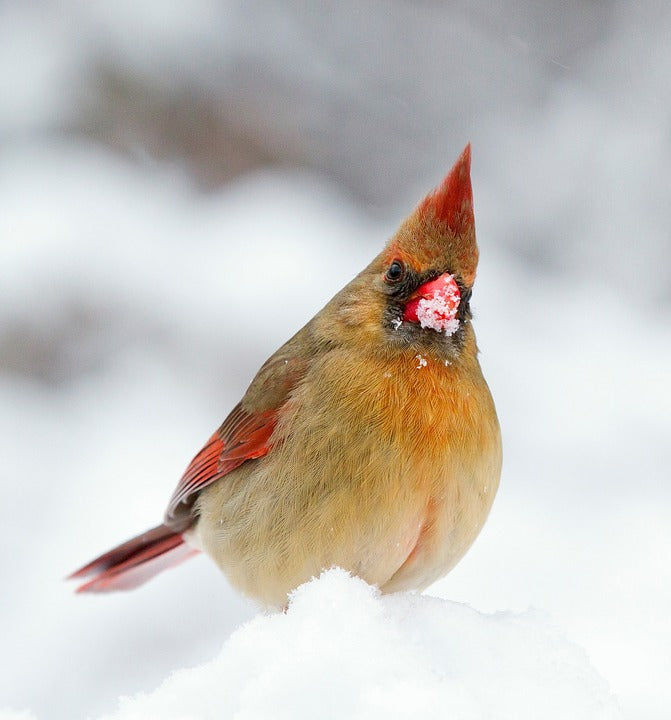Offer
Provide additional details about the offer you're running.
Provide additional details about the offer you're running.
Provide additional details about the offer you're running.

The 19th edition of the Great Backyard Bird Count kicks off on Friday, as birders around the world head record various sightings and report them back to count organizers at the Cornell Lab of Ornithology. As exciting as these counts already can be, this year’s count is expected to be a little bit special.
In western North America, the waters of the Pacific are at their warmest historical temperatures as we experience the second El Niño weather phenomenon of the last 20 years. The last time this weather event took place was back in February of 1998, the same year the Great Backyard Bird Count was established.
“We’ve seen huge storms in western North America plus an unusually mild and snow-free winter in much of the Northeast,” Audubon chief scientist Gary Langham stated. “And we’re seeing birds showing up in unusual places, such as a Great Kiskadee in South Dakota, as well as unseasonal records like Orchard Oriole and Chestnut-sided Warbler in the Northeast. We’re curious to see what other odd sightings might be recorded by volunteers during this year’s count.”
This year has brought a whirlwind, no pun intended, of exciting activity to birders everywhere. Locally, some folks in Pakenham, Ontario spotted a Bullock’s Oriole, New Yorkers caught a glimpse of a painted bunting in a Brooklyn park and a larger-than-usual amount of robins have been staying through the winter months.
While we all look forward to the opportunity of seeing birds we wouldn’t otherwise have an opportunity of spotting, it is also very important to continue to report on common birds as well. As one of the largest citizen-science projects on earth, each and every recorded species during these counts goes toward vital research not only for the conservation of birds, but for the environment as a whole.
It’s not too late to get in on the action of this year’s count. Register online and simply commit to counting birds for at least 15 minutes during one day of the count and get out there and have some fun!
High Quality Blend